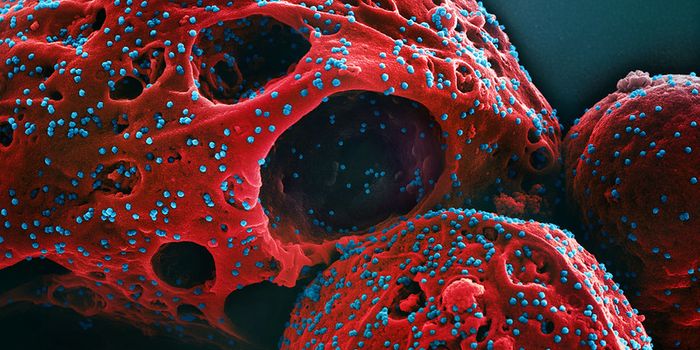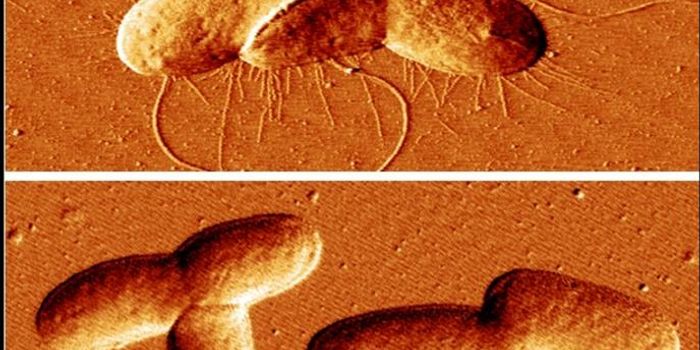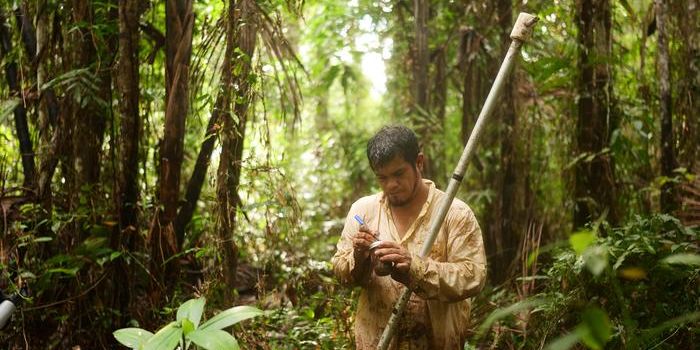Investigating the Origins of a Cholera Epidemic
Cholera is an intestinal infection caused by a bacterium called Vibrio cholerae. Cholera has been a scourge throughout human history, and it has caused an estimated seven pandemics. The pathogen still infects people in 47 countries and causes the deaths of an estimated 100,000 people or more every year, according to the World Health Organization.
Scientists are now learning more about the evolution and biology of a strain of V. cholerae that has infected people and caused epidemics. In new work reported in Nature Communications, an international team of researchers used genomic sequencing to investigate the bacteria behind the 1991-1998 outbreak of cholera in Argentina. Because of this study, that country now uses whole-genome sequencing to analyze cholera cases, so that the presence of pandemic-causing lineages can be identified.
This work utilized historical samples from the Argentinian outbreak, which are kept at the national reference library of Argentina.
"Thanks to a comprehensive surveillance and reporting system, the reference laboratory in Argentina contains a snapshot of an entire epidemic. This gave us a unique opportunity to understand the detailed evolution of V. cholerae bacteria in our country,” said co-senior study author Dr. Josefina Campos of INEI-ANLIS ‘Dr Carlos G. Malbrán.’
The work showed that the 1992 cholera outbreak in Argentina started after only one infection of the pandemic-causing strain, called 7PET V. cholerae occurred. That strain did not evolve much over the course of the six-year epidemic. However, there were multiple local strains circulating over that same period. These local, endemic strains can cause illness but don’t seem to spread fast enough to trigger an epidemic.
The 7PET strain has been circulating around the world for decades, and while some areas have recovered, others, like Yemen, are dealing with outbreaks right now.
"When a 7PET pandemic strain enters into Latin America from elsewhere, it can cause massive epidemics, such as those seen in Peru in the 1990s and Haiti in 2010. If we are to control cholera epidemics efficiently, it is vital that we are able to distinguish and understand the differences between the local, endemic V. cholerae that co-exist alongside 7PET during a cholera epidemic,” explained the first author of the study Matthew Dorman of the Wellcome Sanger Institute. "Our study elaborated the genomic evolutionary history of these two types together in a single country, during a decade where there were major cholera outbreaks in this region."
“We will be able to use these data and this experience to inform how we monitor and respond to any future cholera outbreaks - bacteria that cause epidemics pose a very different risk to those that do not; this is simple information that is critical for disease control. We are the first national reporting system in the world to use genomic data to monitor cholera like this," added Dr. Campos.
"Detailed studies like this contribute to our growing understanding of how cholera is moving across the globe: evidence to inform improved control strategies as well as identify areas for further research. Our challenge is to better understand why such a simple bacterium continues to pose such a threat to human health, with this study we are a little step closer,” said co-senior study author Professor Nick Thomson of the Wellcome Sanger Institute and the London School of Hygiene and Tropical Medicine.
Sources: AAAS/Eurekalert! via Wellcome Trust Sanger Institute, Nature Communications









